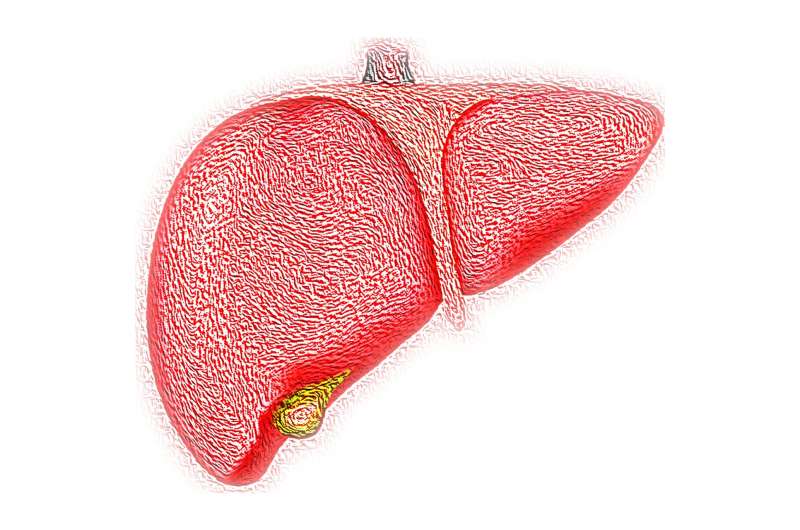This article has been reviewed according to Science X's editorial process and policies. Editors have highlighted the following attributes while ensuring the content's credibility:
fact-checked
reputable news agency
proofread
On nutrition: Dealing with fatty liver disease

After reading a recent column on spirulina, MH from Dothan, Alabama, writes: "Will spirulina have an adverse effect on fatty liver disease? And do you have other information or suggestions for dealing with fatty liver disease?"
Dear MH, I'll answer your second question first, because I have a lot of nutrition information about fatty liver disease. According to a 2019 review article on this subject in the International Journal of Biological Sciences, a person's diet is one of the major factors that leads to the development of fatty liver disease.
The proper name for the condition is nonalcoholic fatty liver disease, or NAFLD. That means it is not caused by alcohol, but it affects the liver in much the same way.
One of the main factors that starts the process of the disease is what experts call "overnutrition." In the case of NAFLD, an unbalanced intake of fat, sugars and starches causes fat to be deposited in the liver. This eventually causes the liver to be inflamed and scarred. If not treated, the final stage is permanent liver damage called cirrhosis, similar to what is seen in chronic alcoholism.
What's the treatment? Since overeating and obesity are major contributors to the disease, weight loss is key. One way to start is to cut back on extra fat in your diet, especially the saturated type. Excess fat turns into body fat very easily.
And cut back on added sugar. For example, a 20-ounce bottle of soda contains 16 teaspoons of added sugar and 240 calories with no nutritional benefit.
Some foods may help reverse some of the symptoms of NAFLD, however. Among them are ones high in dietary fiber (found on a Nutrition Facts food label for your reading pleasure). Find dietary fiber in foods that started their life in the ground: vegetables, fruit, nuts, whole grains, beans and other legumes.
When you do eat fat, focus on the monounsaturated type, known as MUFAs. They are found in foods such as olive, canola and sunflower oils, along with soy, nuts and avocados. Studies have shown that a diet high in this type of fat can help reduce the accumulation of fat in the liver. Just don't eat the whole bowl of guacamole at one sitting.
Other fats called polyunsaturated fats, or PUFAs, may also help in the treatment of NAFLD as well, say researchers. The most popular of these fats are the omega-3s found in fish, flaxseed and walnuts.
With regard to your first question, a systematic review of randomized controlled trials (the best kind) published in 2019 in Complementary Therapies in Medicine found that spirulina is not only safe, but it may be an effective alternative treatment for fatty liver disease. Still, check with your doctor or pharmacist to make sure there are no known interactions with any medication you may be taking.
2023 MediaNews Group, Inc.
Distributed by Tribune Content Agency, LLC.



















